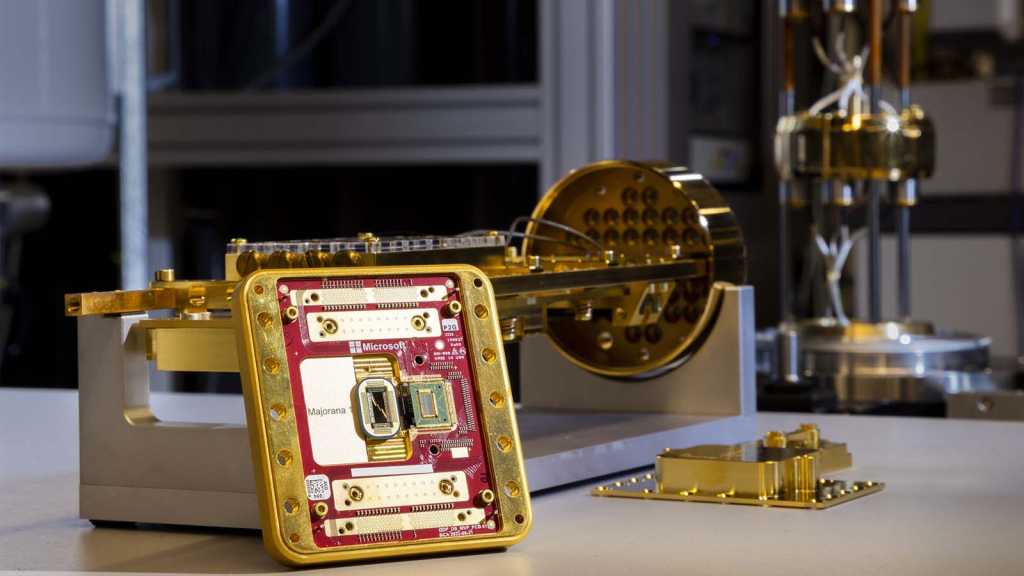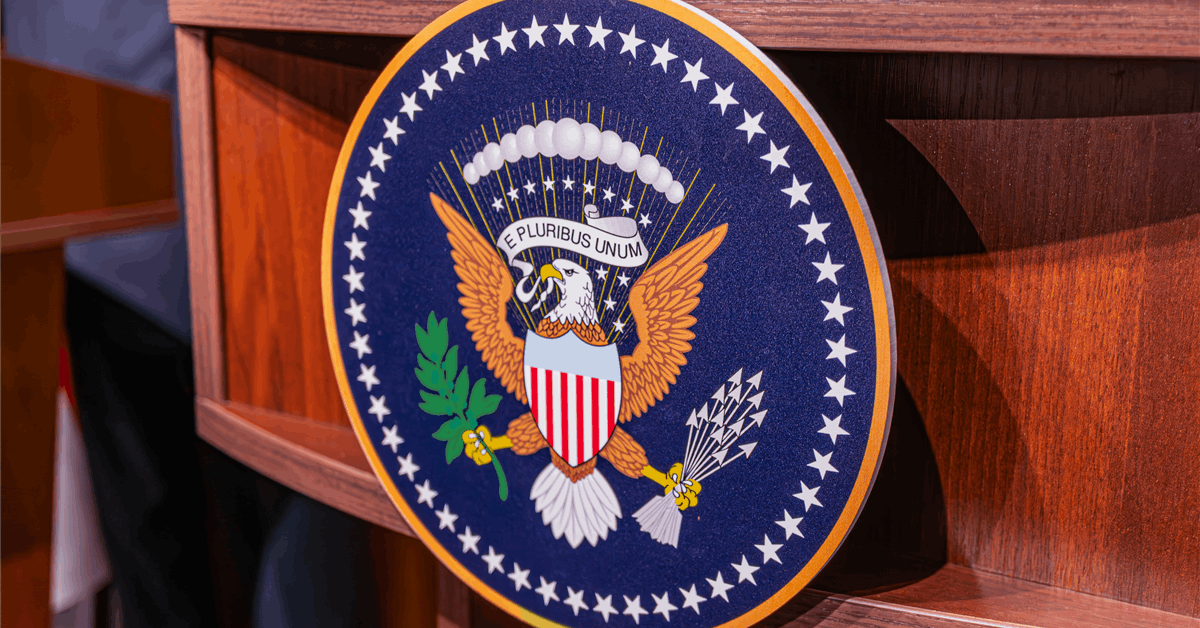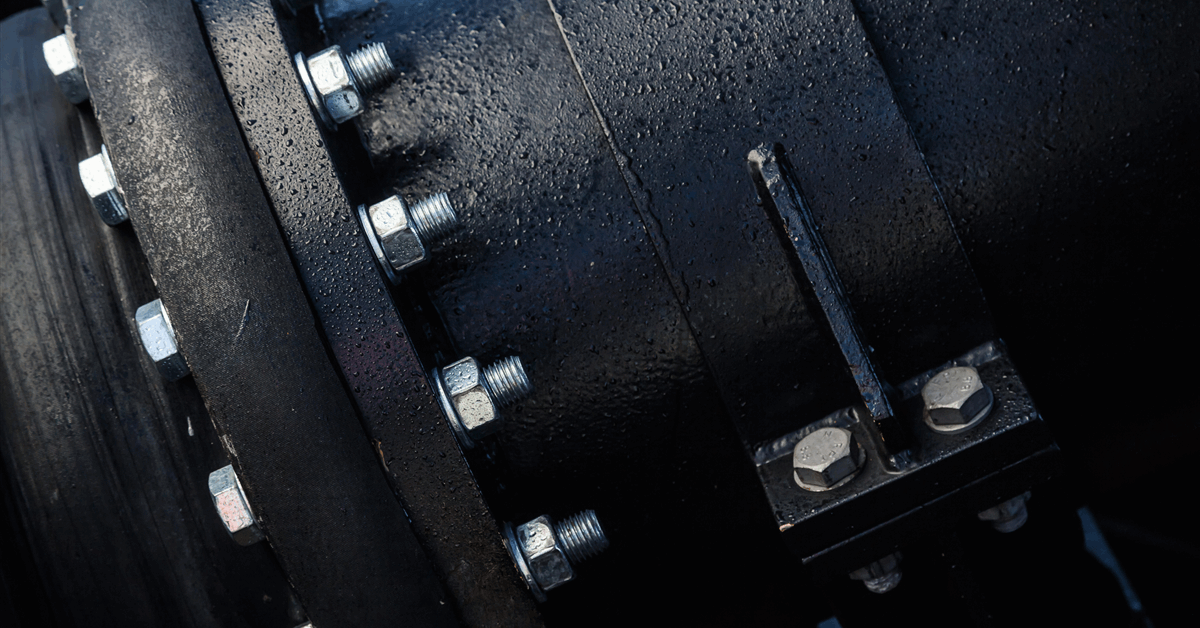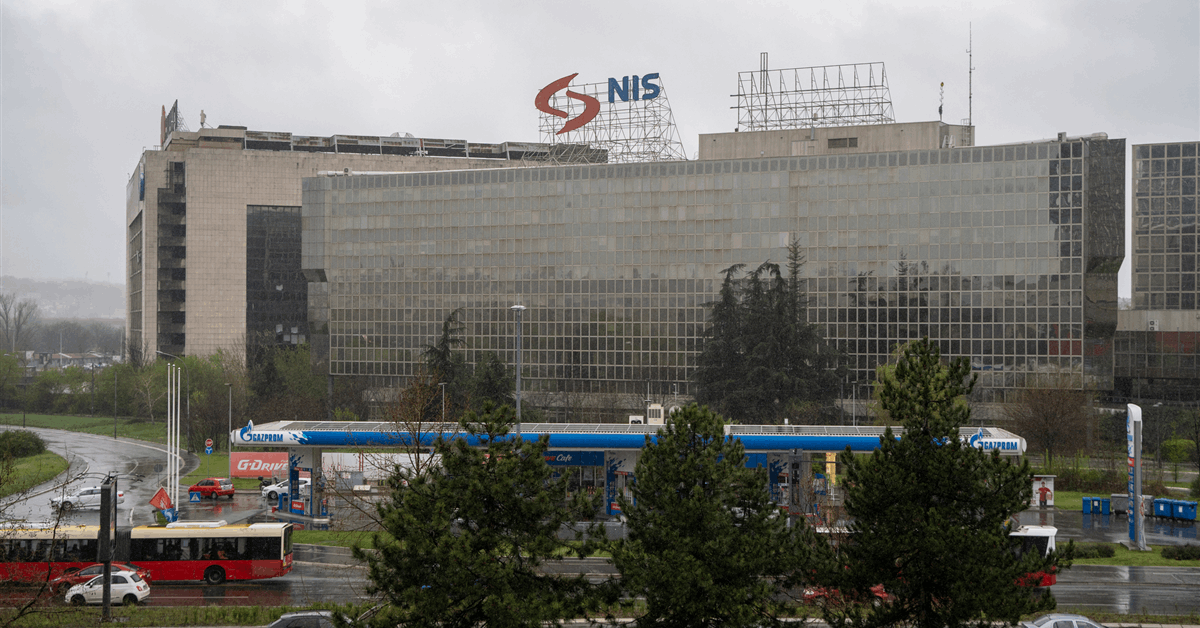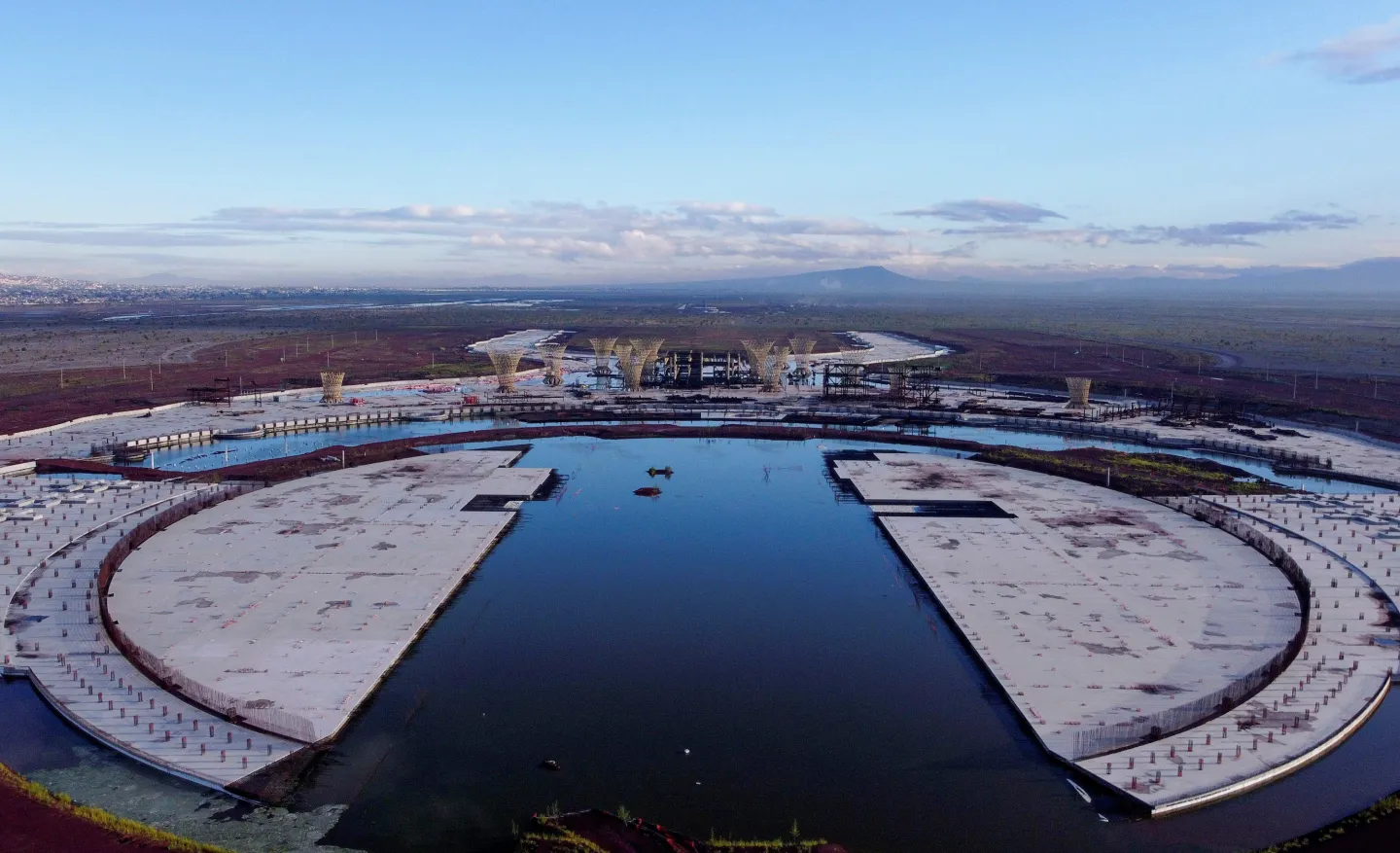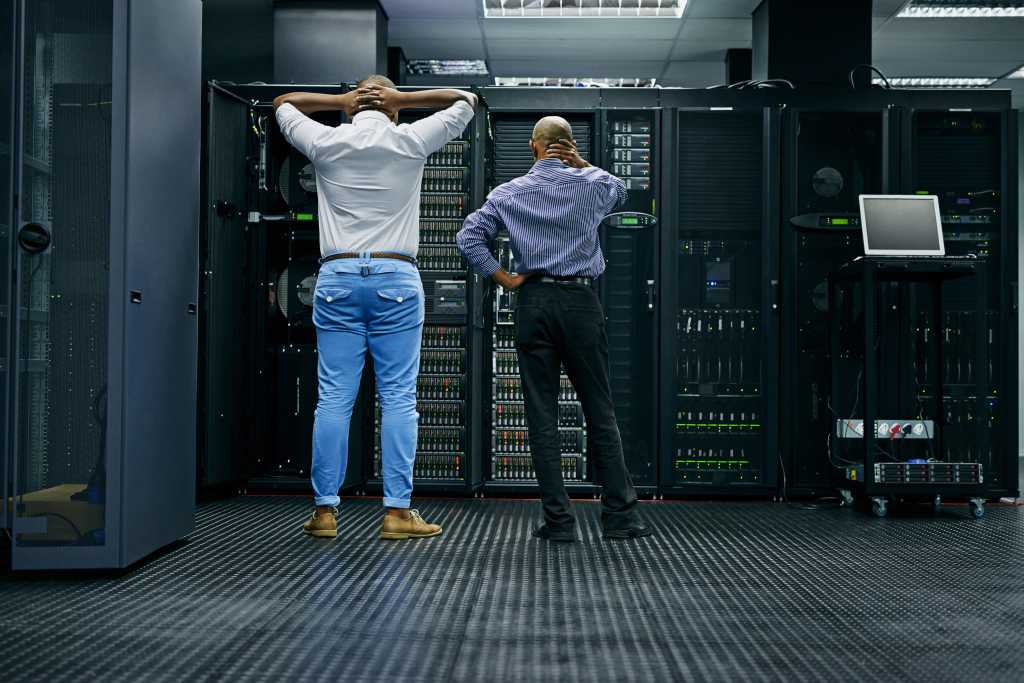
Industry-wide price surge driven by AI
Samsung is not alone in raising prices. In October, TrendForce reported that Samsung and SK Hynix raised DRAM and NAND flash prices by up to 30% for Q4. Similarly, SK Hynix said during its October earnings call that its HBM, DRAM, and NAND capacity is “essentially sold out” for 2026, with the company posting record quarterly operating profit exceeding $8 billion, driven by surging AI demand.
Industry analysts attributed the price increases to manufacturers redirecting production capacity. HBM production for AI accelerators consumes three times the wafer capacity of standard DRAM, according to a TrendForce report, citing remarks from Micron’s Chief Business Officer. After two years of oversupply, memory inventories have dropped to approximately eight weeks from over 30 weeks in early 2023.
“The memory industry is tightening faster than expected as AI server demand for HBM, DDR5, and enterprise SSDs far outpaces supply growth,” said Manish Rawat, semiconductor analyst at TechInsights. “Even with new fab capacity coming online, much of it is dedicated to HBM, leaving conventional DRAM and NAND undersupplied. Memory is shifting from a cyclical commodity to a strategic bottleneck where suppliers can confidently enforce price discipline.”
This newfound pricing power was evident in Samsung’s approach to contract negotiations. “Samsung’s delayed pricing announcement signals tough behind-the-scenes negotiations, with Samsung ultimately securing the aggressive hike it wanted,” Rawat said. “The move reflects a clear power shift toward chipmakers: inventories are normalized, supply is tight, and AI demand is unavoidable, leaving buyers with little room to negotiate.”
Charlie Dai, VP and principal analyst at Forrester, said the 60% increase “signals confidence in sustained AI infrastructure growth and underscores memory’s strategic role as the bottleneck in accelerated computing.”
Servers to cost 10-25% more
For enterprises building AI infrastructure, these supply dynamics translate directly into budget pressure, according to Rawat. “Memory will push total server costs up 10% to 25%, forcing organizations to rethink budgeting and procurement strategies,” he said.


